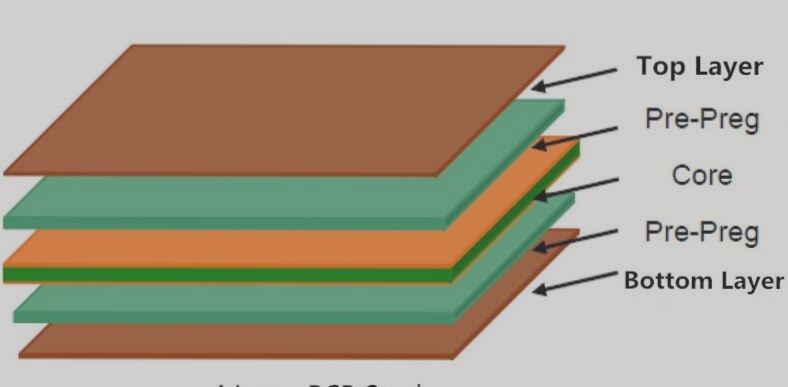The Importance of High-Quality Soldering Materials in PCBA Component Attachment
When attaching components to a PCB, using high-quality solder is crucial for effective soldering. However, post-soldering, residues can form on the board surface, impacting both appearance and electrical performance.
Proper Cleaning Procedures for PCBA Components
It is essential to utilize a plate washer for thorough surface cleaning of PCBA components. Providing proper guidance and protective measures to staff ensures meeting customer requirements, reducing complaints, and preventing injuries.
PCBA Cleaning Operations:
- Utilize washing stations for maintenance cleaning.
Preparation Before Operation:
- Arrive early for shift meetings and self-inspection.
- Complete handover records and address identified issues.
- Wear protective gear like masks, gloves, and static rings.
Operation Process and Methods:
- Manual + Brush Cleaning Method:
- Scrub PCB with an anti-static brush dipped in washing water to remove tin slag and flux.
- Check for residues, wipe if necessary, and place the PCB on an electrostatic plate.
- Perform “5S” tasks at the workstation after completion.
- Brush Washer Cleaning Method:
- Immerse the plate in washer water, then brush to clean thoroughly.
- Cover the washer water to reduce volatilization after use.
Precautions for Plate Washing:
- Avoid washing sensitive components like speakers, sensors, and connectors to prevent damage.
- Be cautious with electrolytic capacitors and communication modules to avoid removing surface markings.
- Regularly clean the anti-static brush and inspect soldering positions for residues.
- Ensure barcode and silk screen integrity post-cleaning to identify defective products.
- Plate washing water is flammable and corrosive; wear protective gear and prioritize safety.



